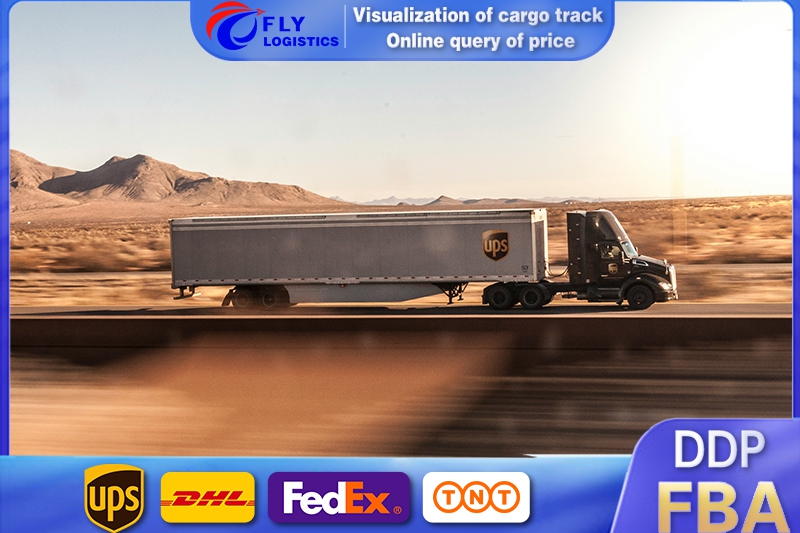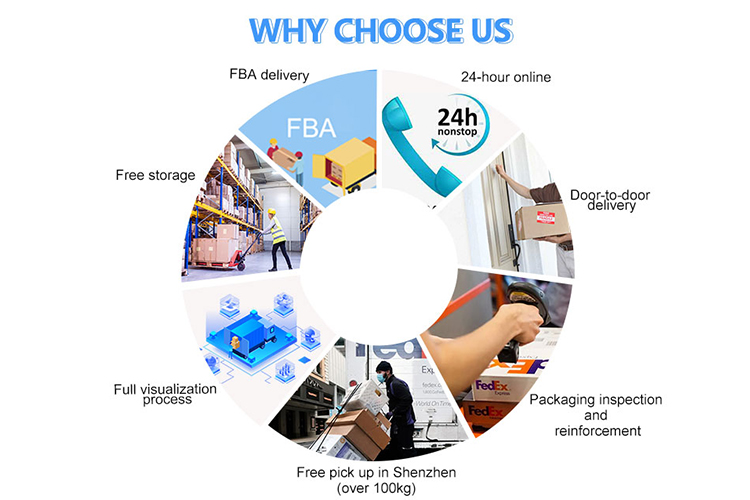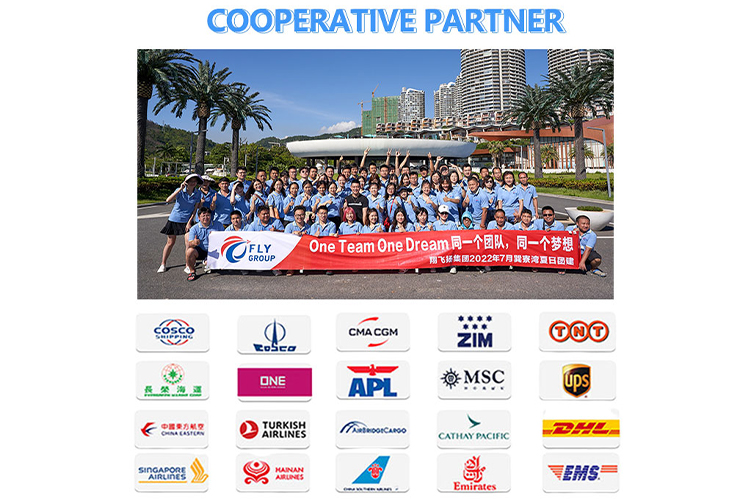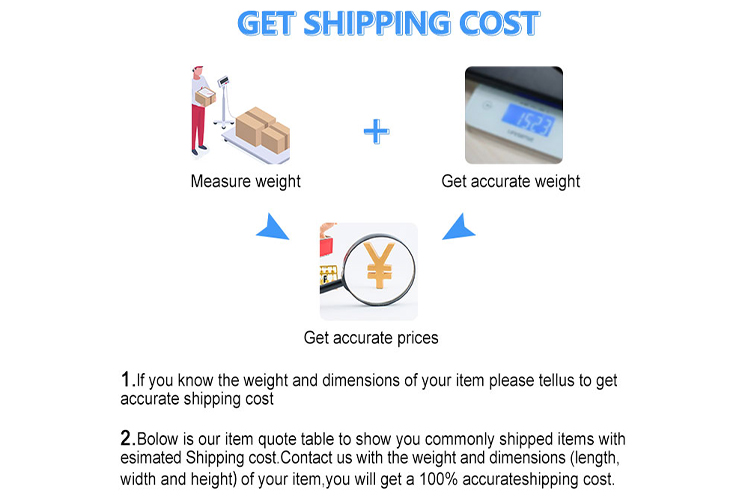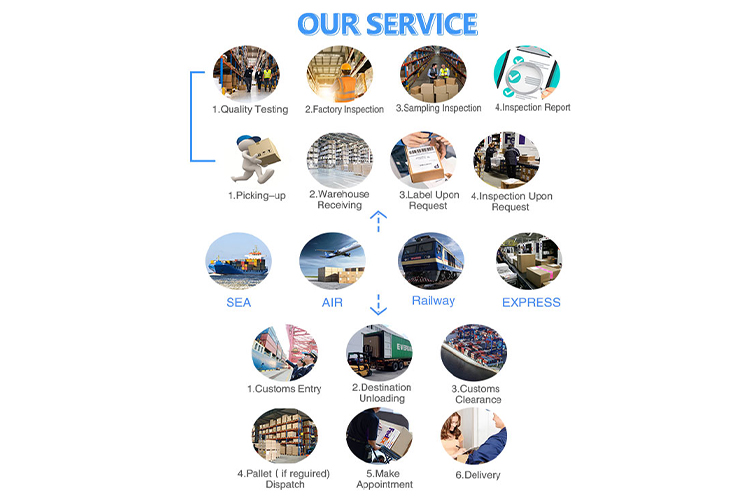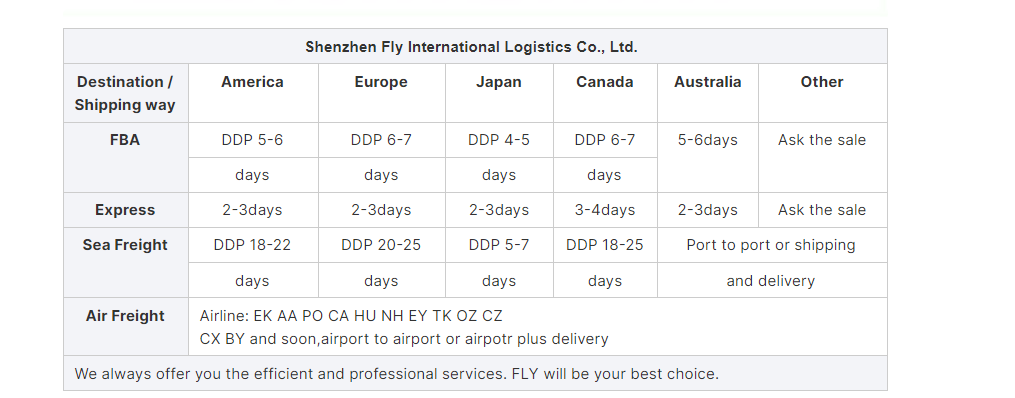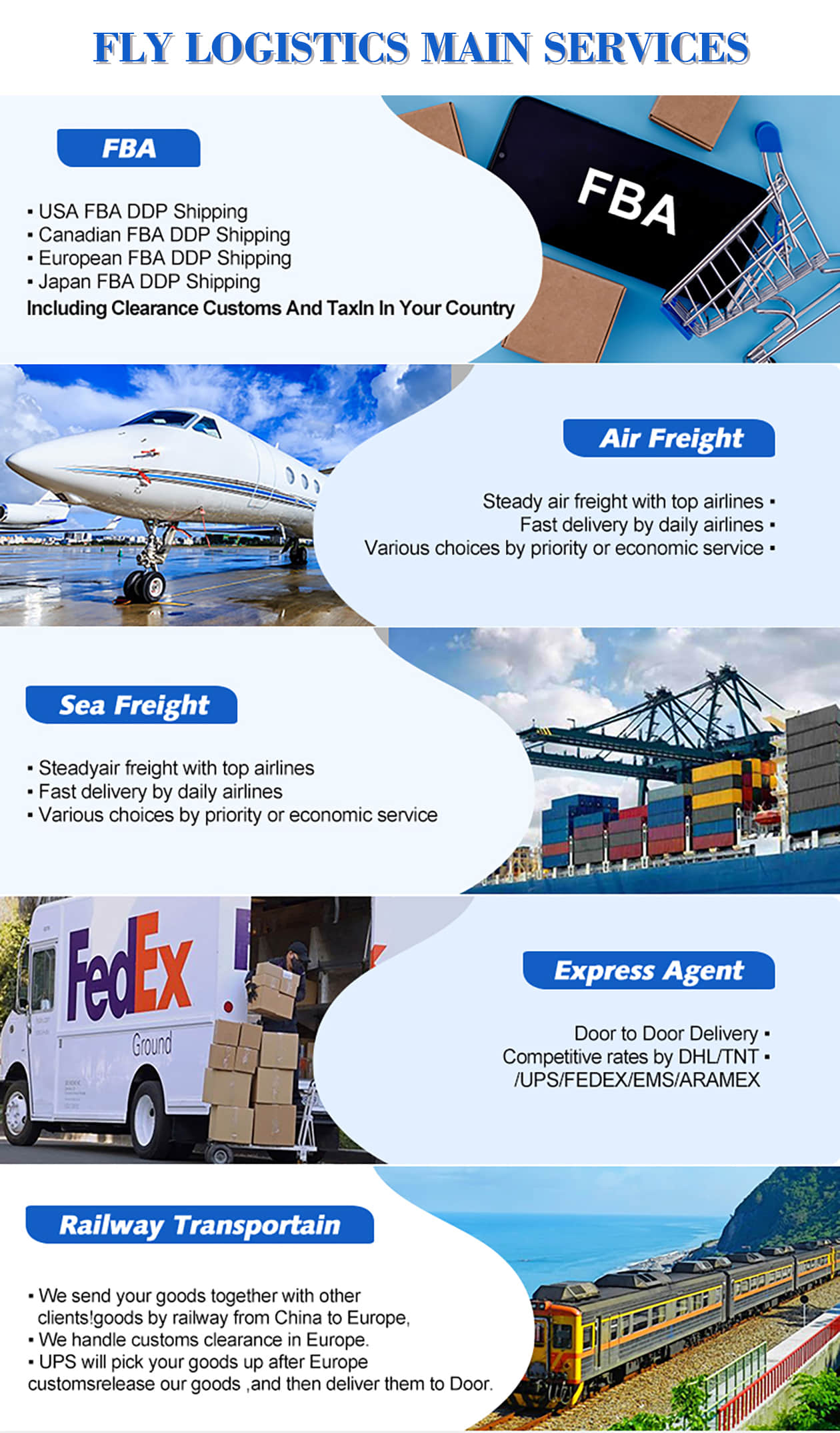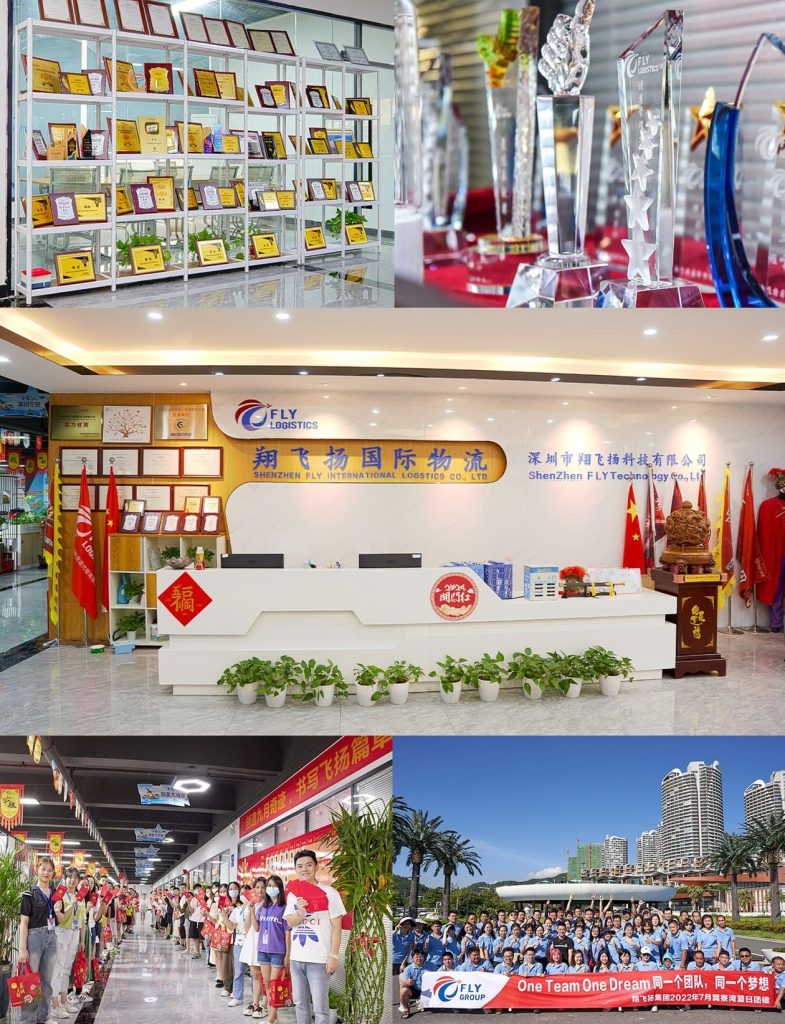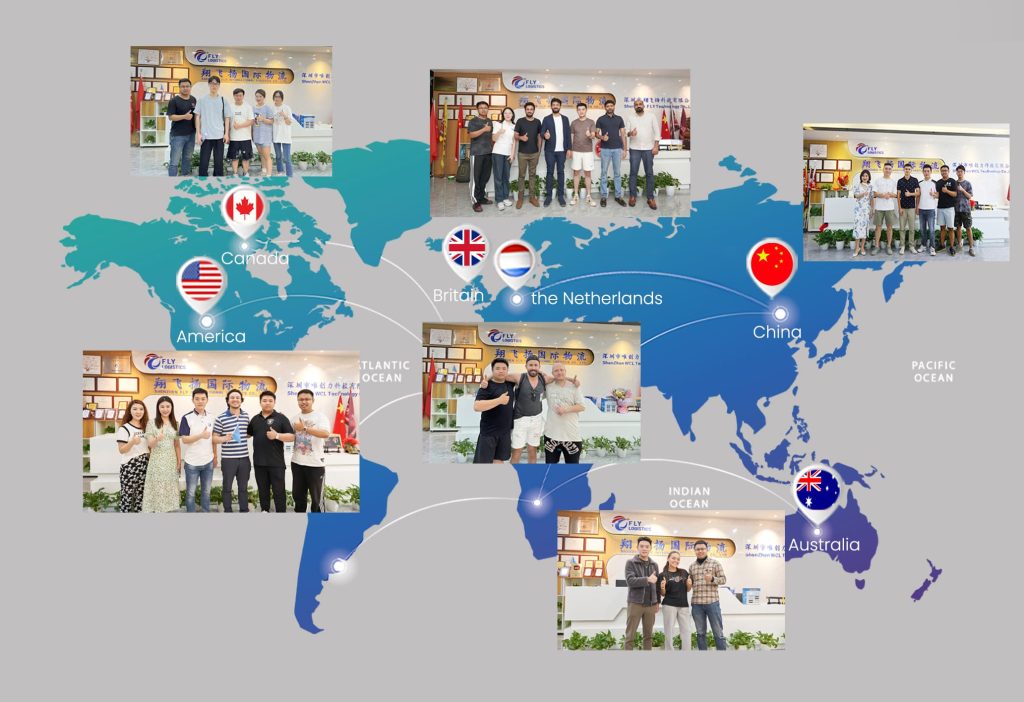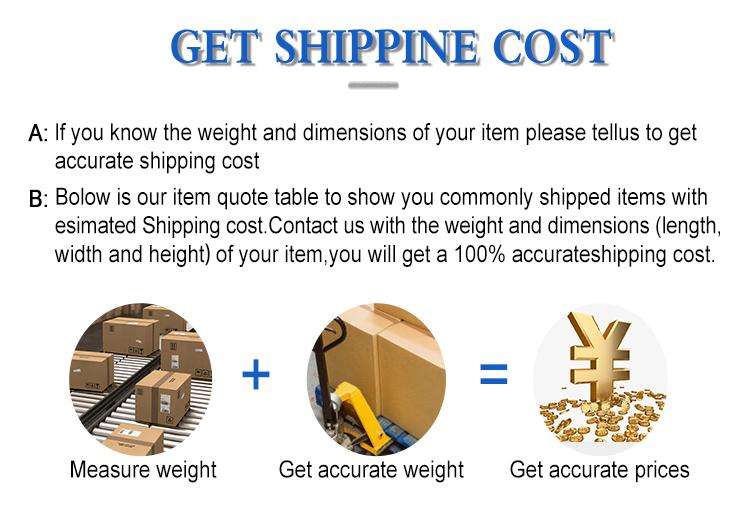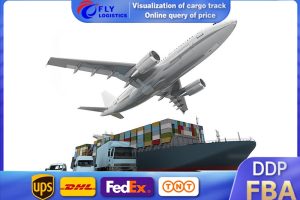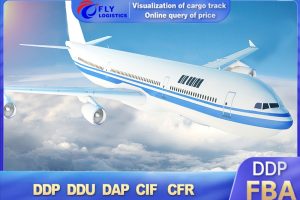Description
Comparing Air Freight and Air-to-Ground Delivery: Key Differences and Applications
In the realm of international logistics, air freight and air-to-ground delivery (often referred to as “air-to-truck” or “air-to-ground” solutions) are two essential services with distinct characteristics and applications. Understanding the differences between these two modes can help businesses choose the most suitable option for their shipping needs. This article explores the key differences between air freight and air-to-ground delivery, highlighting their unique features, advantages, and ideal use cases.
Air Freight: Speed and Efficiency Across Long Distances
Definition and Process:
- Air Freight: This involves transporting goods by air from one airport to another. It is particularly effective for covering long distances quickly, making it ideal for international shipments and urgent deliveries.
- Process: Goods are transported via commercial or cargo airlines, passing through various stages including booking, customs clearance, loading onto aircraft, and final delivery to the destination airport.
Advantages:
- Fast Transit Times: Air freight offers the fastest shipping option for long distances. Deliveries are often completed within days, making it suitable for time-sensitive or high-value cargo.
- Global Reach: With extensive networks connecting major international airports, air freight services provide reliable access to global markets.
- Enhanced Security: Air freight typically involves stringent security measures, reducing the risk of theft or damage.
Ideal Use Cases:
- Urgent Shipments: Ideal for items that need to be delivered quickly, such as medical supplies, electronics, or critical documents.
- High-Value Goods: Suitable for high-value or perishable items where fast transit and security are crucial.
Air-to-Ground Delivery: Flexibility for Final Mile and Regional Distribution
Definition and Process:
- Air-to-Ground Delivery: This method involves using air freight for the long-haul segment of transportation and ground delivery (trucks) for the final leg of the journey. It is often used when air freight cannot provide door-to-door service.
- Process: Goods are initially flown from the origin airport to a major hub or regional airport and then transferred to trucks for the final delivery to the destination address.
Advantages:
- Cost Efficiency: Combining air freight with ground delivery can be more cost-effective for shipments that require a mix of speed and regional delivery capabilities.
- Last-Mile Delivery: Air-to-ground delivery provides a solution for the final mile, ensuring that goods reach their final destination efficiently from the nearest airport.
- Flexibility: This approach allows for flexibility in handling various types of cargo, including those that might not be suitable for direct air transport.
Ideal Use Cases:
- Regional Distribution: Effective for delivering goods to locations not directly served by air freight, particularly for the last-mile delivery in regions served by truck.
- Cost-Effective Solutions: Suitable for shipments that benefit from the speed of air transport for long distances but need ground delivery to manage overall costs.
Key Differences
-
Transit Times:
- Air Freight: Provides the fastest overall transit times for long-distance shipments, with direct delivery from airport to airport.
- Air-to-Ground Delivery: Involves two stages (air and ground), potentially adding time to the overall delivery process but offering flexibility for final delivery.
-
Cost:
- Air Freight: Generally higher in cost due to the premium nature of air transport.
- Air-to-Ground Delivery: May offer cost savings by combining air freight with ground transport, especially for final-mile delivery.
-
Coverage and Accessibility:
- Air Freight: Best for direct flights between major airports and international destinations.
- Air-to-Ground Delivery: Provides additional coverage by including regional and local delivery options, making it suitable for areas not directly served by air freight.
-
Handling and Security:
- Air Freight: Typically involves high security and specialized handling for valuable or sensitive items.
- Air-to-Ground Delivery: Offers secure handling during both air and ground segments, with an emphasis on efficient final delivery.
Conclusion
Choosing between air freight and air-to-ground delivery depends on various factors including the urgency of the shipment, cost considerations, and the destination’s accessibility. Air freight is ideal for rapid, long-distance shipping and high-value items, while air-to-ground delivery offers a cost-effective and flexible solution for regional distribution and final-mile delivery. By understanding the distinct features and benefits of each option, businesses can make informed decisions to optimize their logistics operations and meet their shipping needs effectively.
Air Freight Delivery is a crucial service for companies that require reliable, timely, and efficient transportation of their products. Whether you’re dealing with time-sensitive shipments, urgent replenishments, or international deliveries, air freight provides a fast-track solution to meet the demanding schedules of modern businesses.
Key Features:
- Speed: Air Freight Delivery offers significantly faster transit times compared to other methods, ensuring goods arrive within 1-3 days.
- Reliability: With scheduled flights and real-time tracking, businesses can plan and execute shipments with confidence.
- Global Reach: Air Freight Delivery connects businesses to virtually every major market worldwide, helping them expand globally.
- Security: Tight security protocols at airports and during transit reduce the risk of damage, theft, or loss.
Why Choose Air Freight Delivery
- Faster Time-to-Market: Air Freight Delivery ensures products reach customers quickly, which is essential for meeting tight deadlines or seasonal demands.
- Reduced Inventory Costs: With faster replenishments, businesses can reduce inventory and warehousing costs while ensuring stock availability.
- Scalability: From small parcels to bulk shipments, Air Freight Delivery can handle all types of cargo, adapting to the scale of your operations.
How Does Air Freight Delivery Work?
- Booking & Documentation: The process begins by selecting your air freight service provider and arranging shipment details. The appropriate documentation for international shipments (customs declarations, invoices, etc.) is prepared.
- Pick-Up & Transportation: Once booked, your goods are picked up from your location and transported to the airport, where they are loaded onto the aircraft.
- Flight & Arrival: The cargo is flown to its destination airport, where it is unloaded and processed through customs (if international). Real-time tracking ensures you are updated every step of the way.
- Final Delivery: Upon arrival, the goods are delivered to your final destination, whether it’s a warehouse, distribution center, or directly to your customer.

